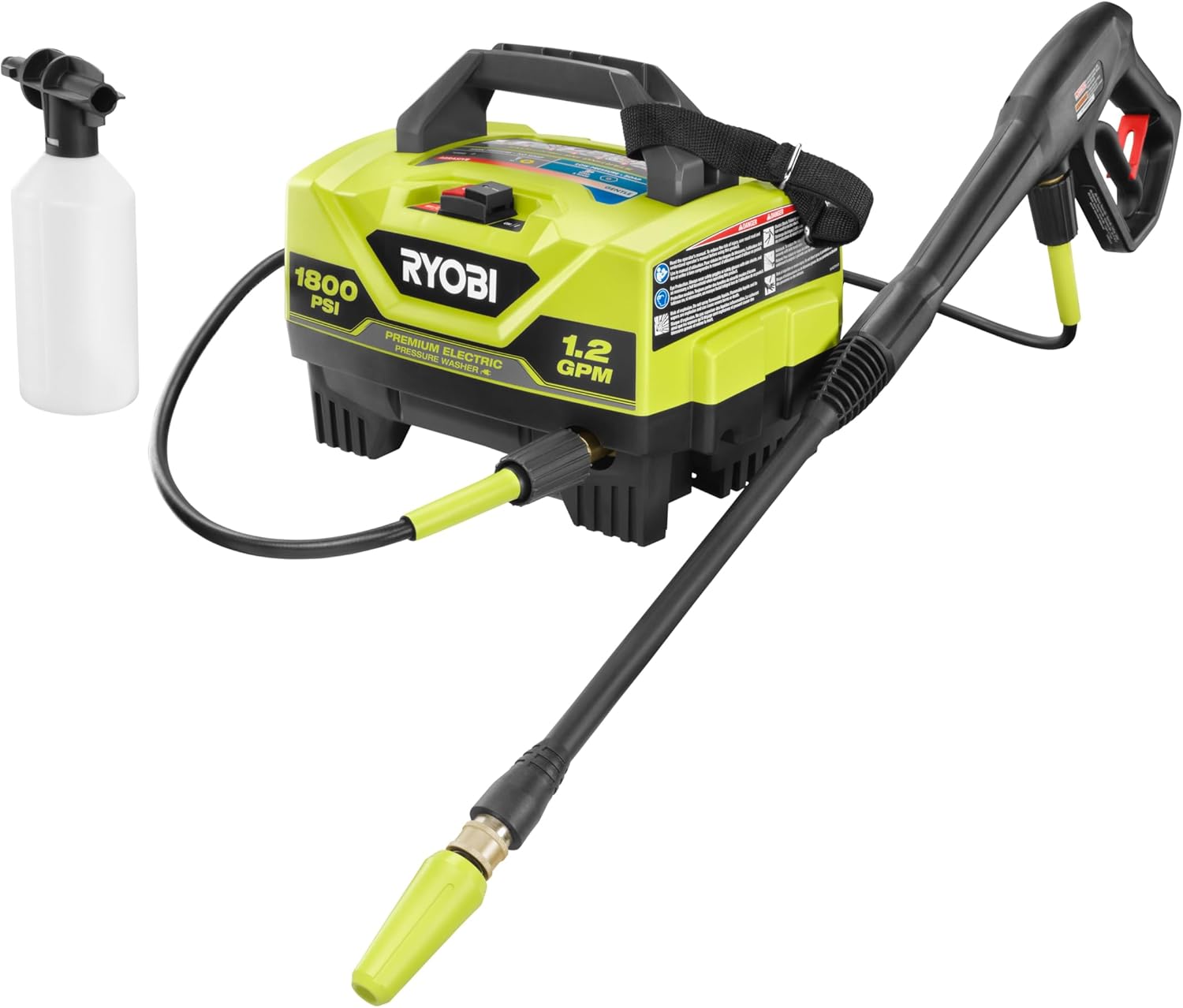Most gardeners find that pruning panicle hydrangeas can be a rewarding experience that leads to fuller, more vibrant blooms. In this guide, you’ll learn simple steps to keep your hydrangeas healthy and thriving, ensuring your garden dazzles every summer. You’ll discover the best time to prune, how much to cut back, and tips for maintaining their shape. Get ready to enhance your garden’s beauty with these easy-to-follow techniques!
Understanding Panicle Hydrangeas
The panicle hydrangea, scientifically known as Hydrangea paniculata, is a stunning flowering shrub that flourishes with large, conical blooms. These beauties typically bloom from mid-summer to early fall, showcasing colors that range from creamy white to deep pink. With their hardy nature, they thrive in various climates, making them a favorite among gardeners. Knowing more about these hydrangeas will help you care for them effectively and enjoy their stunning displays year after year.
What are Panicle Hydrangeas?
While many may associate hydrangeas with large, rounded blooms, panicle hydrangeas stand out with their elongated, cone-shaped flower clusters. These flowers are not only beautiful but also versatile, as they adapt well to various soil types and conditions. Typically reaching heights of 4 to 8 feet, they can be used as standalone specimens or in group plantings, providing an eye-catching addition to your garden.
Why Prune Them?
Assuming you want your panicle hydrangeas to thrive and produce vibrant blooms each year, pruning is an necessary step in their care. Regular pruning promotes healthier growth, encourages new flower production, and helps maintain the desired shape of your shrubs.
To get the best performance from your panicle hydrangeas, pruning helps to remove dead or weak branches, allowing the plant to focus its energy on producing fresh blooms. It also encourages better air circulation, which can reduce the likelihood of disease. Additionally, by shaping your shrubs, you ensure they fit beautifully in your landscape design, creating an inviting and well-manicured garden space for you to enjoy all season long.
When to Prune
Some gardeners believe that pruning panicle hydrangeas can be done anytime, but timing plays a significant role in their health and bloom quality. Ideally, you want to prune in late winter or early spring, just before the plants start to show signs of new growth. This method allows you to shape your shrub while encouraging vibrant blooms for the upcoming season.
Timing Matters
Any time you choose to prune, it’s important to ensure that your hydrangeas are still dormant. Pruning them while they are actively growing can stress the plant and diminish its blooming potential. By cutting them at the right moment, you set the stage for a beautiful display come summer.
Seasonal Tips
On top of knowing when to prune, there are a few seasonal tips that can help maximize your hydrangea’s beauty. Try to prune on a dry day to minimize stress, and always use sharp, clean tools for the best cuts. Here are some additional pointers to consider:
- Clear any debris from around the base of your hydrangeas before pruning.
- Check for any dead or damaged stems to remove first.
- Focus on shaping the plant while maintaining its natural form.
- Thou should always step back regularly to assess your progress.
Tips for seasonal care don’t stop at pruning. Keep your hydrangeas hydrated during the growing season, and consider a light fertilization in early spring to encourage healthy blooms. Here are more helpful hints:
- Mulch around the base to retain moisture and suppress weeds.
- Monitor for pests like aphids and treat them promptly.
- Consider providing support for taller varieties to prevent sagging.
- Thou might want to take notes on which methods work best for future seasons.
Tools You’ll Need
It’s important to have the right tools on hand for pruning panicle hydrangeas to ensure a successful and enjoyable gardening experience. The proper equipment makes the task easier and helps you achieve the desired shape and health for your plants. Gather your tools before you start to ensure a smooth pruning process.
Essential Gardening Tools
The important gardening tools you’ll need include sharp pruning shears, a hand saw for larger branches, and loppers for reaching those higher spots. Having clean, well-maintained tools will make your cuts easier and promote healthy growth in your hydrangeas.
Safety Gear
Clearly, safety gear is just as important as your gardening tools. To protect yourself while pruning, you should wear gloves, eye protection, and sturdy shoes to ensure you stay safe during the task.
Safety is paramount when working in the garden. Gloves will protect your hands from sharp edges and potential allergens, while eye protection keeps debris from harming your eyes. Sturdy shoes prevent injuries from slipping or falling as you maneuver around your garden. Taking these precautions will allow you to focus on shaping your panicle hydrangeas, knowing you’ve safeguarded your well-being.
How to Prune Panicle Hydrangeas
Now that you know the basics, it’s time to get your hands dirty and prune your panicle hydrangeas! Pruning helps maintain their shape, encourages healthy growth, and promotes vibrant blooms. Aim to prune in late winter or early spring before new growth begins. With the right techniques, your hydrangeas will flourish and bring beauty to your garden for years to come.
Step-by-Step Guide
For a successful pruning session, follow this straightforward guide:
| Step | Action |
| 1 | Gather tools: sharp pruners, gloves, and safety goggles. |
| 2 | Inspect your hydrangea for dead or damaged branches. |
| 3 | Cut back the previous year’s growth to about one-third. |
| 4 | Shape the plant as desired without over-cutting. |
| 5 | Clean up debris and enjoy your newly pruned hydrangeas! |
Common Mistakes to Avoid
Avoid pruning at the wrong time of year, as this can affect flowering. Cutting too much away or shaping too aggressively can also harm the plant. It’s best to work patiently and focus on specific areas rather than rushing through the process.
Prune with care and don’t take off more than a third of the branches in one go. Hydrangeas bloom on new wood, so if you prune too late in the season, you may cut off potential flowers. Keeping an eye on your plant’s growth and adapting your pruning skills with time will ensure your hydrangeas thrive beautifully.
Factors to Consider
Despite the joy of pruning panicle hydrangeas, a few factors can influence how effectively you shape your plant. Consider the following:
- The health and vigor of your plant
- The time of year and climate conditions
- Your gardening goals for the season
- Available tools and techniques
This knowledge will help you make informed decisions during the pruning process.
Age of the Plant
If your panicle hydrangea is young, it’s a great time to establish a strong foundation by guiding its growth. For older plants, focus on rejuvenating their shape while maintaining some of their exquisite structure.
Desired Shape and Size
Clearly, the shape and size of your hydrangea should align with your garden’s aesthetics and space. Decide whether you prefer a more compact look or a sprawling appearance.
Shape plays a significant role in determining the overall look of your panicle hydrangeas. You may want a rounded bushiness that fills in spaces or a more open structure that showcases individual blooms. Careful pruning can guide the plant’s natural growth pattern, allowing you to achieve either a more controlled performance or an elegant, informal shape that adds character to your garden. With some practice, you’ll find the right balance that enhances the beauty of your blossoms.
Additional Tips for Thriving Hydrangeas
Once again, to keep your panicle hydrangeas flourishing, consider the following tips:
- Choose the right location with plenty of sunlight.
- Mulch around the base to retain moisture.
- Regularly check for pests and diseases.
- Deadhead spent blooms to promote new growth.
After following these tips, your hydrangeas will be on their way to a healthy and vibrant growth cycle!
Fertilizing and Watering
Hydrangeas benefit from a balanced fertilizer in early spring. This helps support strong growth and beautiful blooms. Make sure to water them deeply but less frequently, allowing the soil to dry out slightly between watering sessions. This encourages deep root growth and overall plant strength.
Post-Pruning Care
Little adjustments post-pruning can significantly impact your hydrangeas’ vitality. After pruning, it’s vital to monitor your plants closely to ensure they’re recovering well from the trimming.
Watering is key after you prune your hydrangeas. Providing ample moisture will help them bounce back and encourage new growth. Additionally, consider applying mulch to regulate soil temperature and moisture. This protection allows your plants to focus their energy on developing new blooms, ensuring you enjoy a lovely display next season. Keep an eye on their condition, adjusting care as necessary to promote healthy flowering.
Conclusion
Considering all points, pruning panicle hydrangeas can greatly enhance your garden’s beauty and the plants’ overall health. By following the simple steps of timing, technique, and avoiding over-pruning, you can enjoy vibrant blooms each season. Embrace your gardening journey and take delight in shaping these stunning plants to fit your landscape. With a little care and attention, your hydrangeas will thrive and bring joy to your outdoor space.

















